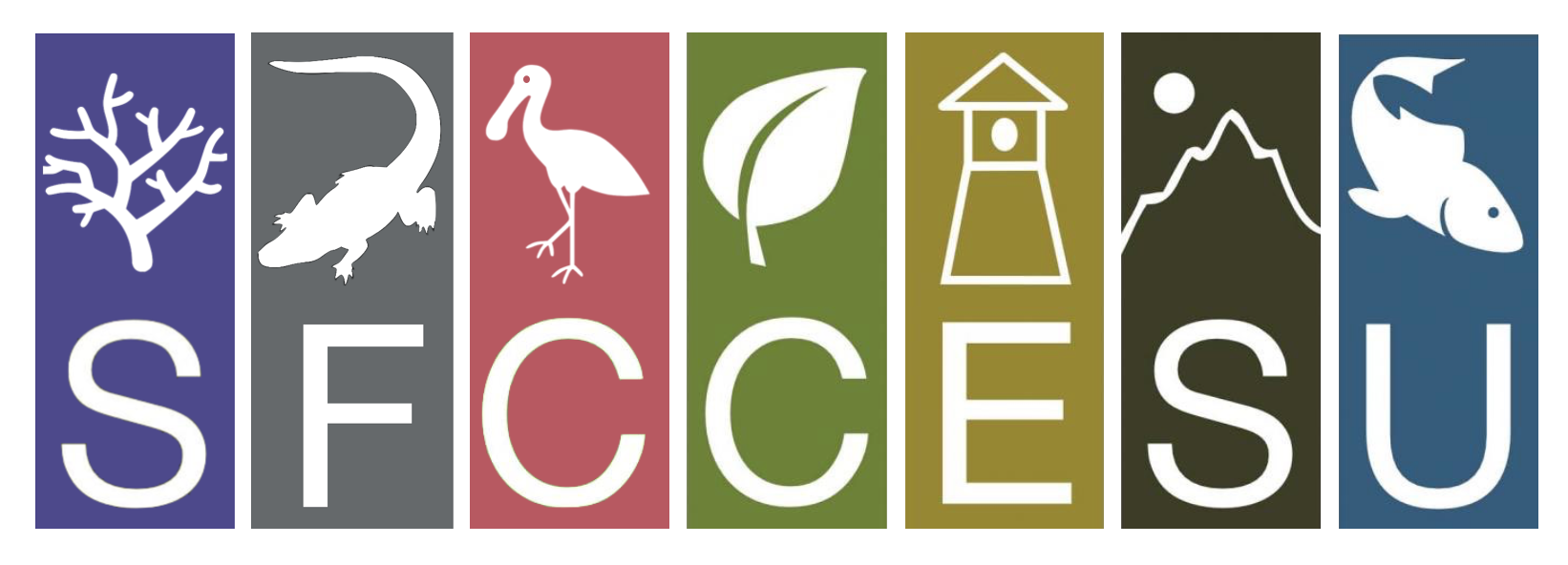General Information
*Issue Date: 02 August 2018
*Application Date 15 October 2018
*Funding Opportunity No: L18AS00007
Funding Agency: Bureau of Land Management
Deadline: October 15, 2018, 2:30 p.m. Local Time
Award Funding: $300,000
Start Date: 01 April 2019
Length of Project: In general, proposed project completion should be completed within the shortest timeframe need to meet all the expected program outcomes. Application packages for projects requiring more than a three-year timeframe will only be considered for funding under limited circumstances.
Opportunity Description
Background: The BLM is unique in its mission of managing the public lands for multiple use and sustained yield of resources, including conservation. More than 30 million acres of BLM land is recognized for outstanding conservation values. Designated for special management by Acts of Congress or Presidential Proclamations. The BLM manages these special areas to maintain and enhance their
conservation values with the goal to conserve, protect, and restore these important landscapes and their outstanding cultural, ecological, and scientific values. These areas range from broad Alaskan tundra to red rock deserts and from deep river canyons to rugged ocean coastlines and include some of America’s finest natural and cultural treasures. The National Conservation Lands include the following unit designations:
National Monuments and National Conservation Areas;
Wilderness/Wilderness Study Areas;
National Wild and Scenic Rivers;
National Scenic and Historic Trails; and
California Desert National Conservation Lands.
Natural, Scientific, and Cultural Benefits: The National Conservation Lands protect a myriad of rare species, diverse habitats and ecosystems, historic properties, and cultural resources. These designated lands help ensure that the Nation’s extraordinary biodiversity and cultural heritage will be sustained for present and future generations to enjoy.
Recreation Benefits: The National Conservation Lands conserve over 30 million acres of rugged landscapes for the public to explore and enjoy, and hosts more than one-fourth of all recreation on BLM lands. These diverse lands provide opportunities for recreationists of all kinds, from white-water rafters and rock climbers to hunters and fishermen, hikers and skiers to boaters and offhighway vehicle riders. The BLM manages units that include over 2,700 recreation sites and 22 visitor centers, and serves approximately 14 million
visitors annually.
Objectives: The National Conservation Lands financially supports studies aimed at increasing our understanding of the resources present on BLM lands and the effectiveness of BLM’s resource management decisions. The program seeks to develop and maintain strong partnerships with State, local, and private stakeholders in shared conservation stewardship by engaging partners in conducting management-focused research on the National Conservation Lands. Results from these studies on National Conservation Lands will inform management strategies utilized throughout BLM as well as other land management entities.
Award Information
BLM anticipates making 15 awards in FY 2019 depending on availability of funding. If funding in the later part of the fiscal year becomes available there could be additional awards. BLM anticipates dispersing funding across states where BLM
lands are located.
Eligibility Information
1. The following types of entities are eligible to apply for award under this announcement. Failure to meet eligibility requirements will result in precluding the BLM from making an award. Eligible applicant types are:
State, local government, Indian Tribe, Institution of Higher Education (IHE), or Nonprofit Organization.
2. Cost Sharing or Matching: This program has no cost sharing or matching requirements.
3. Other Eligibility Restrictions: This financial assistance opportunity is also open to all partners under any Cooperative Ecosystem Studies Unit (CESU) program. CESUs are partnerships that provide research, technical assistance, and education. If a cooperative agreement is awarded to a CESU partner under a formally negotiated Master CESU agreement, indirect costs are limited to a rate of no more than 17.5% of the indirect cost base recognized in the partner’s Federal Agency-approved Negotiated Indirect Cost Rate Agreement (NICRA).
Application Process
See attachment for application information and further details.
